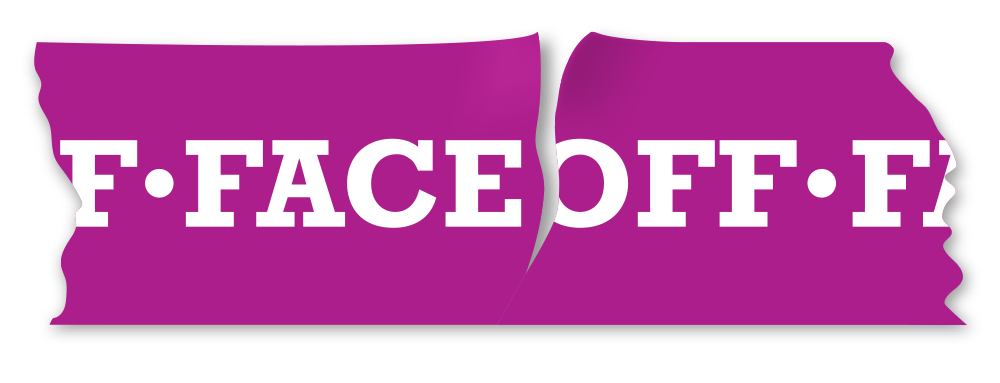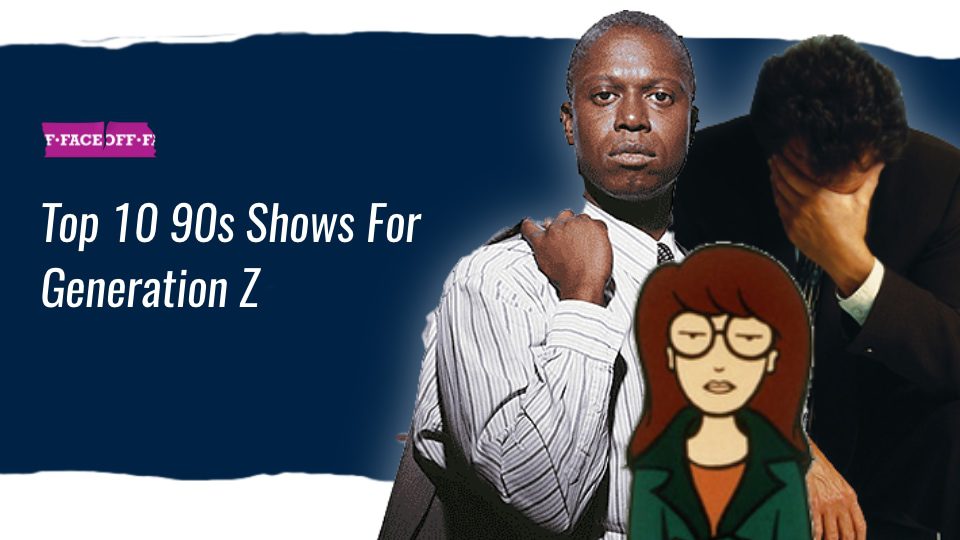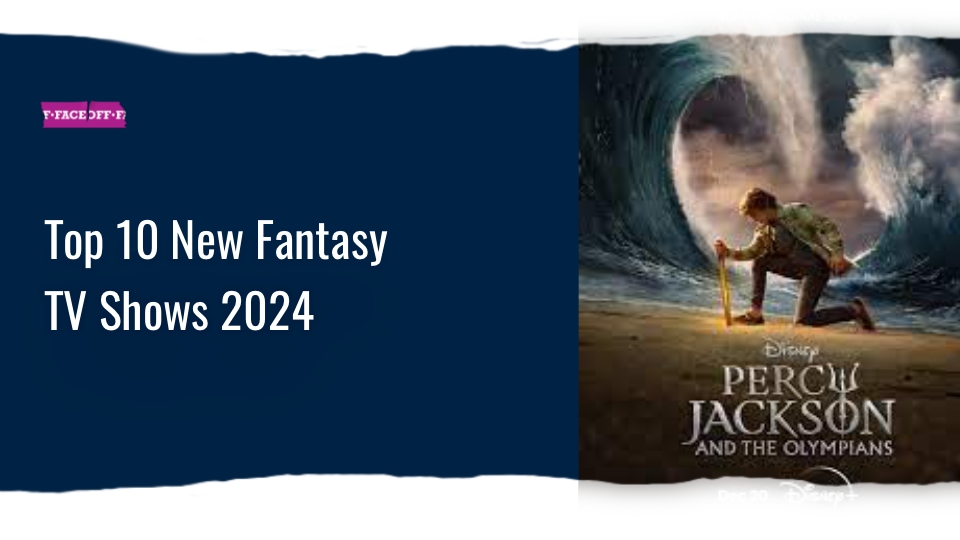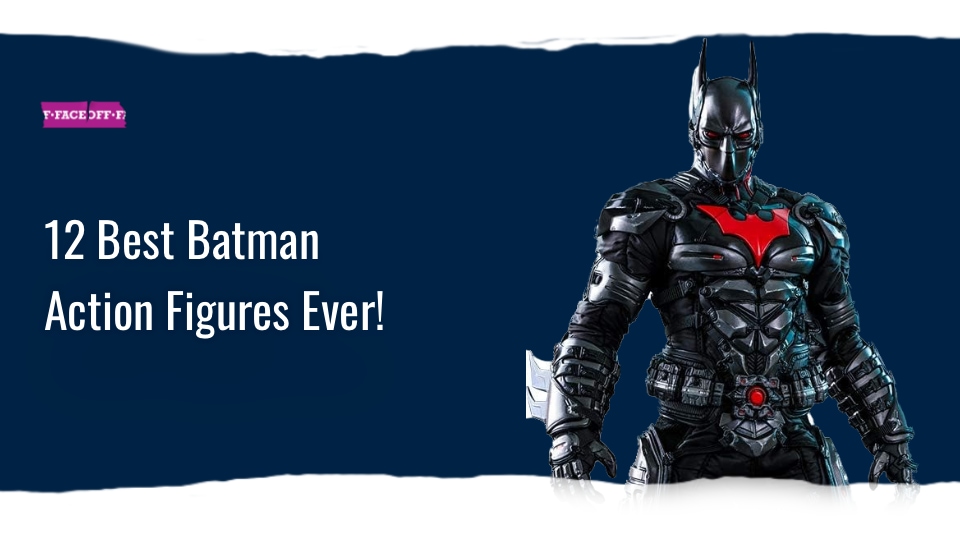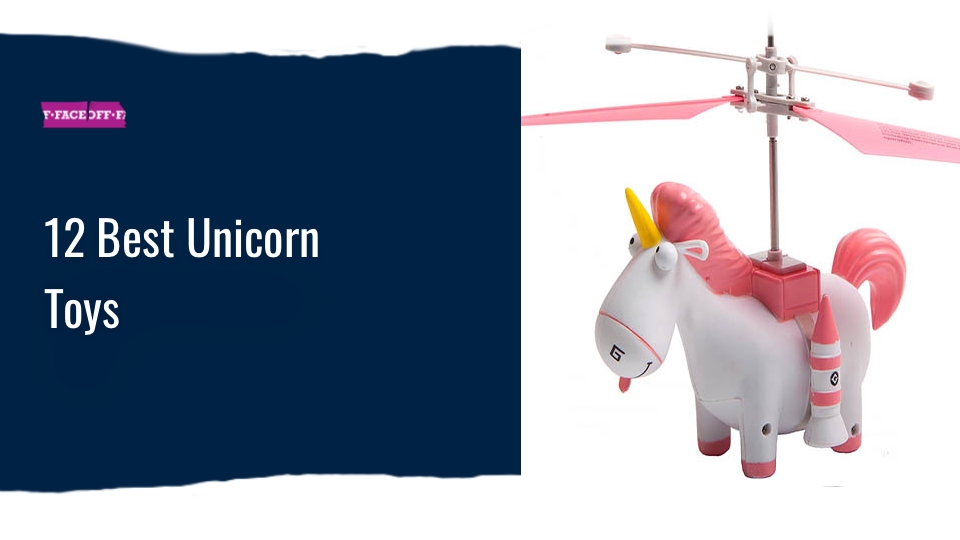They already know if Ross and Rachel were on a break or not, and already quote from Sex and the City, but have the children of generation Z really discovered the wonders of television that the 90s brought to our lives? Far from it, and it’s a shame. Here’s a gift from the millennials – The top 10 TV series from the 90s that you must binge on, urgently.
10. Daria (1997)
We kick off the list with this subversive masterpiece from the hottest creator of the 90s: MTV. The thrash stronghold, which hasn’t created anything worthy of a binge since Jersey Shore (and that’s if you’re mentally ill), brought Daria into our lives in ’97, after being a recurring character in another disturbed hit by its creator Mike Judge – “Beavis and Butthead” “. This is a slightly geeky 16-year-old high school student, with an indifferent and unchanging tone of voice, who is blessed with a sharp and critical mind that allows her to criticize with constant and perfect cynicism everything that happens around her – starting with the silly cheerleaders and athletes at school, through her sister who is obsessed with outward appearance and boys, and especially her old-fashioned and neurotic parents. Without a doubt, Daria is radically different from the landscape of teenage characters that graced the screen in the vanilla romantic comedies that characterized the last decade of the last century.
The relationship between Daria and her best friend Jane, who shares her disdain for their suburban life in the fictional American town of Lawndale, is undermined when Tom enters the picture – Jane’s ex-partner who falls in love with Daria and becomes her partner at a certain point in the series. However and despite the cliché – the series is full of allusions to LGBT women, which at the time was still a bit unusual in a series intended for teenagers. Whether in the queer/asexual spirit that characterizes many of the characters, including Daria herself, the close to dependent relationship between Daria and Jane, which often bothers them much more than potential boyfriends, and even a bisexual character, a discourse on sexual curiosity and the presentation of a female same-sex family on-screen in one of the episodes.
9. The Ren & Stimpy Show (1991-1996)
Located somewhere in the center of the spectrum between the humor kicking about the events of the hour of series like South Park and Beavis and Butthead, and between the more sophisticated children’s series of Nickelodeon like Rugrats – this is a gem for fans of black, twisted and illustrated humor. “The Ren & Stimpy Show” is actually a compilation of the stories of two opposite creatures – Ren, a ragged, bitter chihuahua who hates people and animals, and Stimpy, a chubby and lovable cat but not brilliant to say the least, who goes on strange adventures in every episode, sometimes in this dimension and sometimes in other dimensions and times.
8. Quantum Leap (1989-1993)
In the 1990s, many years before the theme of time travel became a trend in the 2000s, this series brought us Scott Bakula as Dr. Sam Beckett, who, following an experiment, must jump through time to right wrongs, when his time jump is carried out into the body of the man he needs to help. Every time he corrects a wrong, he time travels into another body and everything starts over.
The series was ahead of its time and today it would have become a more hysterical hit. The series lasted 5 seasons between 1989-1993. Even today, about 34 years later, I can be watched the series and enjoy a quality script that has survived the passage of years and is an excellent lead actor.
7. The Fresh Prince of Bel-Air (1990-1996)
Long before anyone uploaded a TikTok story/reel/video about their endless opinions on Will Smith’s behavior at the recent Academy Awards, Smith was the hottest name of the 90s shows thanks to this six-season and 148-episode sitcom. Smith plays Will, a smart street kid from the slums of West Philadelphia, who – following unintentional friction with gang members in the neighborhood where he grew up – is sent by his frightened mother to live with his rich uncles in the posh Bel Air neighborhood in California.
The class differences between Will and his uncles and cousins create a series of comic clashes, backed by the perfect sarcasm of the butler Jeffrey, and a series of guest stars from the top of the esoteric that only the nineties could offer: Maggie Coleman, and Oprah Winfrey, – to Donald Trump and Hugh Hefner. And if you for a moment consider watching the latest version, Bel-Air (which Smith actually produced) – which is actually a drama that describes the journey of a young black boy from the poor slums of Philadelphia to the rich Bel Air – it is at your own risk. It is a heavy reconstruction with quite depressing social messages, minus the colorful and bouncy vibe of that time. And if all this is not enough to return to the source, this is one of the series that had a positive effect on the representation of the black man in cinema and television. Unlike the characters of the absent father, the criminal, or the drug dealer that were popular at the time – Smith represented the social and economic leadership that was not seen as the property of a wealthy African American boy, and thus led to another series of sitcoms about the black family and its relationships.
6. Seinfeld (1989-1998)
Well, it’s pretty obvious that as a die-hard Seinfeld addict, I will say that Seinfeld stands the test of time. The thing with Seinfeld is that although it is true that there are all kinds of nuances that are periodical like everything that is before the era of smartphones and only at the beginning of the Internet era, in the end, Seinfeld talks about the little things in life.
It’s a comedy where we kind of laugh at who we are, maybe at what we would like to do but can’t because of all kinds of social conventions. I think that even today when there is less censorship on humor and there are many series with humor that is a bit extreme – Seinfeld stands out as a slightly different comedy series.
Seinfeld’s diagnoses accompany me years ahead, sometimes humorously and sometimes completely seriously. For example, in the episode when Jerry asks Elaine how she was when she met someone, she answers him while touching her face near her nose. Jerry immediately says to George: “Oh no… did you see that?” And George immediately understands and agrees. Then they explain that when you ask someone about a meeting with someone else and he touches his face – it’s a sign that it didn’t go well, and the higher he touches his face, the worse the situation. It’s something that really accompanies me.
5. Homicide: Life on the Street (1993-1999)
Your passion for consuming extreme dark crime series, whether real or fabricated, does raise many questions about the age of FOMO but cheer up – you weren’t the first. “Homicide: Life on the Street”, one of the oldest and most appreciated modern crime series, is the perfect alternative for you to another ironic Netflix “true crime” docu. So if you insist on pretending that your viewing habits are completely healthy – you should at least watch something of quality while doing so.
The series is based on the book of the same name by David Simon, creator of “The Wire”, who accompanied the homicide division of the Baltimore Police Department for a year and wrote about his experiences. The purpose of the series was to provide viewers with a real glimpse, without nonsense or over-dramatization, into the lives and work of a team of police detectives in one of the toughest cities in the United States. The realism, partly based on true stories from Simon’s experiences, is also expressed in the cinematography of the series, which was shot almost entirely in real locations in Baltimore, with 16 mm cameras that created a more raw and authentic feeling.
4. Cracker (1993-1996)
these days many young viewers remember actor Robbie Coltrane as “Hagrid” from the Harry Potter movies, but in the 90s, Robbie was known for his role as Dr. Edward Fitzgerald, a criminological psychologist, who cracked difficult cases for the police due to his analytical ability.
The crime series is considered a milestone in British television history, although it only lasted 25 episodes between 1993 and 1996, with one special in 1996 and another in 2006 (when there were 50-minute episodes and 120-minute episodes). His character was The opposite of the classic protagonist, he was an alcoholic, chain smoker, and gambling addict. The series was less about police work and more about psychological and emotional truths. A true pleasure.
3. Buffy the Vampire Slayer (1997-2003)
Winx Saga? Move aside. The Umbrella Academy? Urgent position. Make room for the queen mother of the female fantasy genre – “Buffy the Vampire Slayer”. Put a little Sarah Michelle Gellar (“Scooby Doo”) and Allison Jennings (Lily from “How I Met Your Mother”) on it – and you got seven seasons of one of the funniest guilty pleasures of the time. Basically, just a pleasure.
Based on a comic of the same name, the series unfolds the story of Buffy, a rebellious teenager who is chosen by fate as part of a chain of women whose destiny is to receive supernatural powers and hunt down the forces of evil. She is transferred to a new school after she burns down (???) the gym of her previous school, hoping to escape her vocation as a hunter. But her efforts are thwarted by her overseer, who reminds her that the forces of evil are still at hand. The format is ‘one villain per episode’ (in the first seasons most of them, as expected, are vampires), which is defeated by Buffy and her friends until the end. Of course, you can’t do without intrigue, plots, and true friendships and of course – Buffy changes love objects about once every season or two. Okay, except for Spike and Angel.
2. The Larry Sanders Show (1992-1998)
Sound innocent? Not really. The 90s series was canceled twice during the years in which it ran on and off the screen, due to complaints from parents’ organizations and from the Nickelodeon channel itself about content that is not suitable for a children’s channel, black humor, and obscenities. In addition – the number of conspiracies surrounding the characters, some on the issue of the abusive and questionable romantic relationship between Ren and Stimpy, some on the questionable sexual habits of the creators of the series – continue to unfold to this day while the series is expected to be acquired for broadcast/reboot by Comedy Central.
Let’s start with the fact that it’s the only HBO comedy ever to make TV Guide magazine’s list of the 50 best series of all time, let’s continue with the fact that its creator and the main star is the perfect Gerry Shandling, one of the beloved and all-too-forgotten comedians of the end of the last century, and end (almost) with the fact that it’s known to this day as the basis for series such as The Office, Rock 30, and much more, all of which are characterized by a photography and editing style that turns the audience into a bystander in the day-to-day events that pass by the characters as if they were one of them.
The series provides a behind-the-scenes look at the fictional light night show “The Larry Sanders Show” (Shandling), inspired by a similar show hosted by Shandling himself earlier. Each episode, especially in the first seasons, opens with a fine monologue by Sanders himself, and then goes through events from his professional and personal life, that of his neurotic sidekick Hank, and a host of other characters in the production, while interweaving interviews with guest stars on the odd talk show.
1. The X-Files (1992-2018)
Another 1990s series that became a pioneer in its field. Until the sci-fi thriller aired in 1993, the “supernatural” world was mainly characterized by series such as “The Twilight Zone”. The aforementioned series made the supernatural theme legitimate and the fact is that the series lasted 9 years and even produced two motion pictures (one successful and the other much less so).
Also, “X-files” produced a superstar in the form of David Duchvani and a big star named Jillian Anderson. Agent Mulder with his sleepy expression and cynical humor was sure that our world is full of vampires and werewolves and UFOs, whose existence is hidden by inclusive conspiracies. Agent Scully (Gillian Anderson), with her red hair and determined gaze, believed that all these things have a scientific and logical explanation. Together with smart scripts (in the beginning, at least), which played on the fear of the unknown and the sexual tension between the two protagonists, and a lot of visual and sound stylistic tricks, the series became a cult 90’s phenomenon, then a huge hit movie.
